Hypericum perforatum
Most common of the non-native St. John-worts with black dots around the yellow petals
Hypericum perforatum perforate St. John's-wort
This European perennial plant is a member of the St. John’s-wort family of plants. This is the most familiar of a group of related species that have naturalized throughout North America from Europe. It has been documented in all the counties of Pennsylvania. The yellow flowers have five petals and many bushy stamens, united at the base to form three bundles. Each flower is about 1 inch in diameter. The flower petals have black dots on the margins.
The leaves are toothless, paired and have translucent dots. The leaves are only 1 ½ inches long or less and narrowly oblong. The plant grows 1-2 ½ feet high. They are found growing on roadsides, fields and waste places. The stem is slender but tough with many short branches. The flowers bloom form June to September, but may bloom in some areas into October. Perforate St. Johnswort can spread by seed or can form colonies by growth of underground rhizomes.
As a garden plant it can be used as an ornamental or ground cover and is drought tolerant. The common name of the plant comes from the belief in Europe that the flowers first bloom on St. John’s Eve, June 24. Traditionally the plant was used to ward off evil by hanging it over a religious icon on St. John’s Day. Crushed flower buds or seedpods can yield a reddish-purple dye. Extracts of oils from this plant are widely used as a medicinal herb for treating wounds and skin irritations. It is widely used as a treatment for various diseases and conditions and some of these have been documented by research. Caution should be used in using this without the advise of a physician because the effects may not be as good as other pharmaceutical drugs and impure extracts may interact badly with other medications.
In the western part of the United States the plant is considered a noxious weed because it is toxic to domestic animals that graze on it. A few people who take extracts of the plant as herbal medicine can also develop increased sensitivity to sunlight. This is the most common of St.-John worts in our state.
Habitat & Range
Common in roadsides, fields, and waste places.
Present throughout the state.
Range: Naturalized throughout North America.
| EMP: | FAC |
|---|---|
| NCNE: | UPL |
Phenology
Flowers June to September.
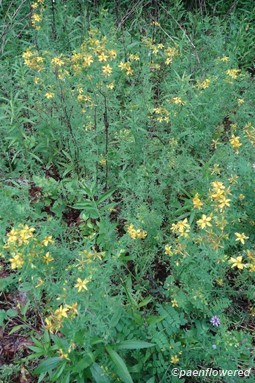
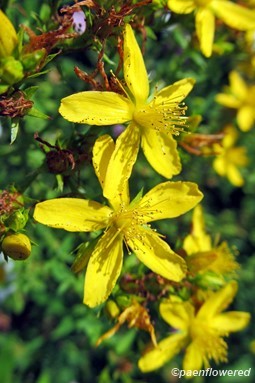
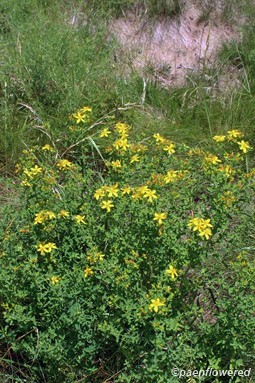
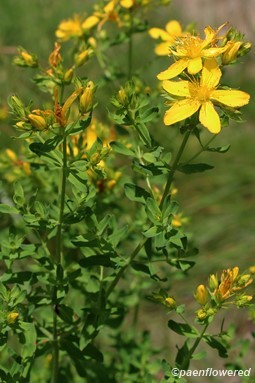
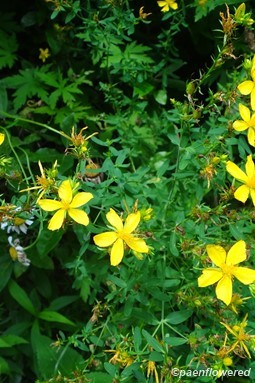
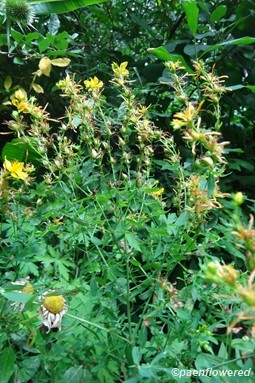








Comments
Have you spotted this plant in your area? We'd love to hear about your experience! Share your comments or questions about the plant below. Comments are moderated before posting.